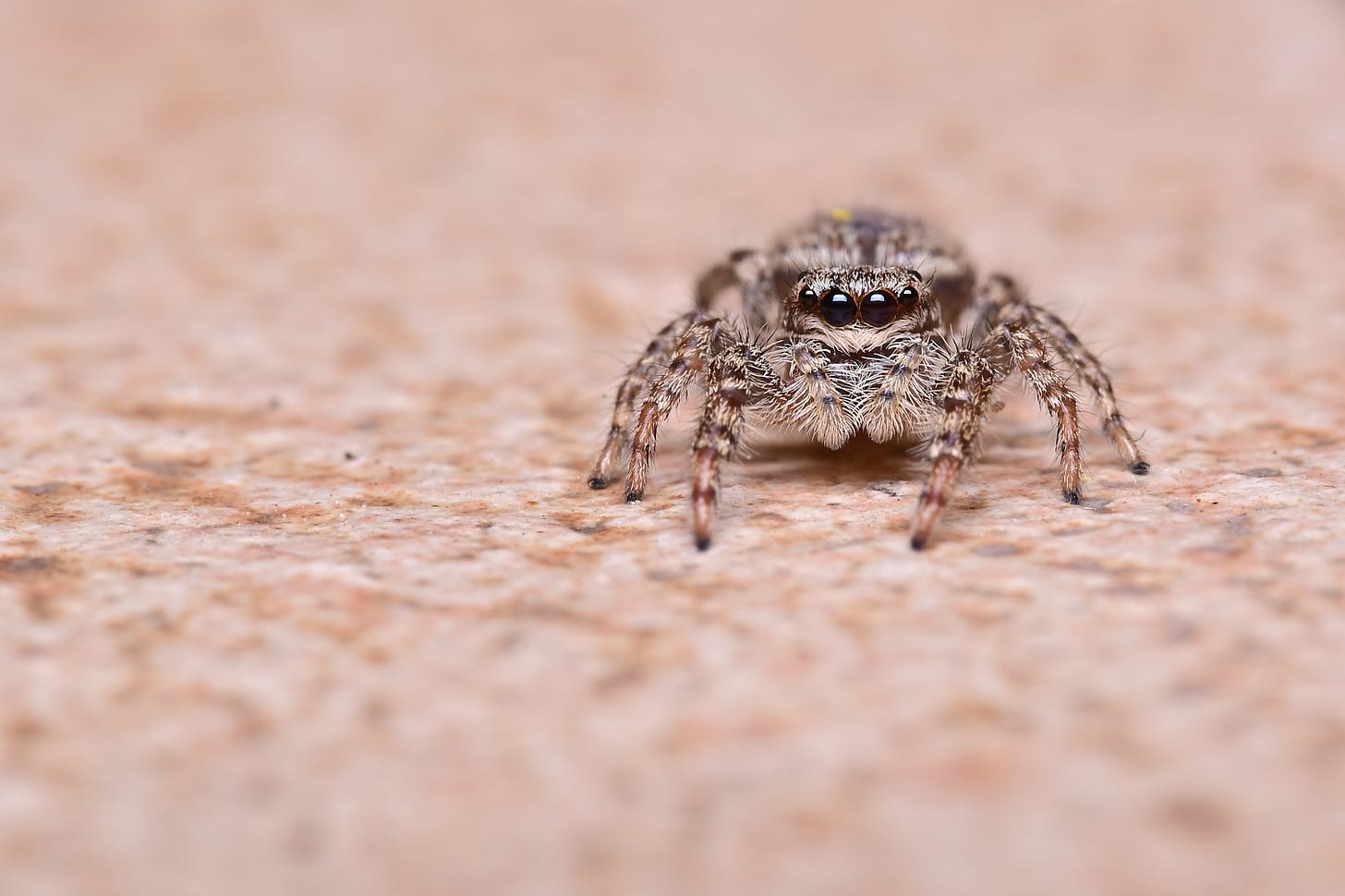(Thanks to Claudia Wollesen at Pixabay for this photo)
Sometimes people ask me how I can come up with a policy idea a week, and all I can say is that the UK planning system is so dysfunctional that - from my point of view - it is a gift that keeps on giving. I wish it wasn’t.
My Stonehaven colleague, former transport civil servant Michael Dnes, has been digging into the history of the most recent failed New Town - Ebbsfleet. You can read his full analysis here. It isn’t a failure in the way of many previous new towns (wrong place, low values), but rather it is a failure because despite being in a pretty decent location (North West Kent, fast rail line to London), it is being built very slowly, and the area around the station - which should be heart of the new town - has been abandoned. Or rather, it has been designated a site of special scientific interest and cannot be built on.
The site is classic post-industrial contamination. According to Natural England, “high pH and significant concentrations of chloride, sulphate and potassium associated with [cement kiln] dust result in greatly stunted plant growth”. That is exactly the conditions beloved by the distinguished jumping spider, found in the UK only here and on one other similar site on the other side of the river. (It almost certainly isn’t a native spider.)
But it turns out that “here” doesn’t mean here. Two such spiders were found a mile to the north, 13 years ago. No such spiders have been found anywhere near since, despite two major environmental surveys in 2015 and 2020.
The area a mile to the North - the Swanscombe peninsula - is important for nature. In fact it is the most biodiverse place in the Thames Estuary. As well as spiders, it also has breeding pairs of Marsh Harriers, Bearded Reedlings, Grasshopper Warblers and Nightingales. That is why charities such as Buglife and the RSPB wanted Swanscombe designated as a site of special scientific interest. They never, however, called for the area around the station to be designated as a Site of Special Scientific Interest.
Natural England decided to do so on the grounds that the conditions were the same, it was near Swanscombe, and therefore it is possible that even though no distinguished jumping spiders have ever been found there, or any other species of note, perhaps there would be some day.
But it is not that near - there are industrial parks in between the station section and Swanscombe. As well as the London-Paris Eurostar train route. And the A226, which is built on a 25m high chalk cliff. Now Marsh harriers and other birds could obviously fly over the top - but they have never been found near the station. It just isn’t the right site for them. And those spiders? Well, as Michael Dnes puts it, they might be jumping spiders, but they would need jet packs to get to the station area from where they were found in 2012.
So this week I have three policy recommendations


